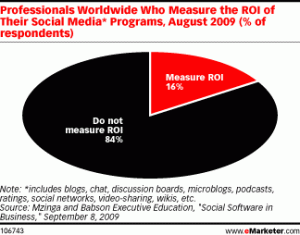News
Public relations of war
An article in the The New Nation by Phillip Knightley brings us back to the discussion on the ethics of Public Relations. Is manipulation inherent to all public relations tactics? This article on public relations and war adds some food for thought.
Lots of people and organisations make money out of war. But I learnt this week of a comparatively new arrival on the scene that is really cashing in: the public relations industry.
PR firms from the USA and Europe have been active in the Caucasus since the conflict between Russia and Georgia over South Ossetia a year ago. But few realised the extent of their operations or how sophisticated they have become. These PR firms pump out none of the crude propaganda of yesteryear. They employ former advertising men, ex-politicians and journalists to put across a subtle but convincing case for their clients. Even Moscow has joined the trend.
Swiss watchdog demands shutdown of Google Street View – Article from AFP
Switzerland’s data protection watchdog on Friday demanded that Google immediately withdraw the “Street View” facility it has started offering on its map of Switzerland. Federal data protection and transparency officer Hanspeter Thuer released a statement warning that the US-based Internet giant was not respecting conditions he set to respect personal privacy in Switzerland. Thuer said that based on public comments and his own browsing, many faces and vehicle number plates had not been covered up or were insufficiently blurred. He “demands that Google Inc. immediately withdraw its online service Google Street View concerning Switzerland,” the statement said. The Street View facility allows users to take a ground level panoramic view of some locations on Google Maps, based on still photographs taken by specially-equipped vehicles. Google recently started taking shots in Switzerland. The online service, which began in the United States, has sparked controversy because the snapshots also inadvertently capture passers-by on camera, sometimes in embarrassing or private moments. Thuer said he would meet representatives of Google early next week to “improve” the service and ensure that it conforms with Swiss law.
Copyright © 2009 AFP.
 An interesting post on Mashable by Christina Warren about measuring the Return on Investment of Social Networking. Indeed, we speak increasingly about measuring Public Relations initiatives such as specific campaigns, publications, websites, and events but exploring the impact of initiatives using the social networking channels remain uncharted territories.
An interesting post on Mashable by Christina Warren about measuring the Return on Investment of Social Networking. Indeed, we speak increasingly about measuring Public Relations initiatives such as specific campaigns, publications, websites, and events but exploring the impact of initiatives using the social networking channels remain uncharted territories.